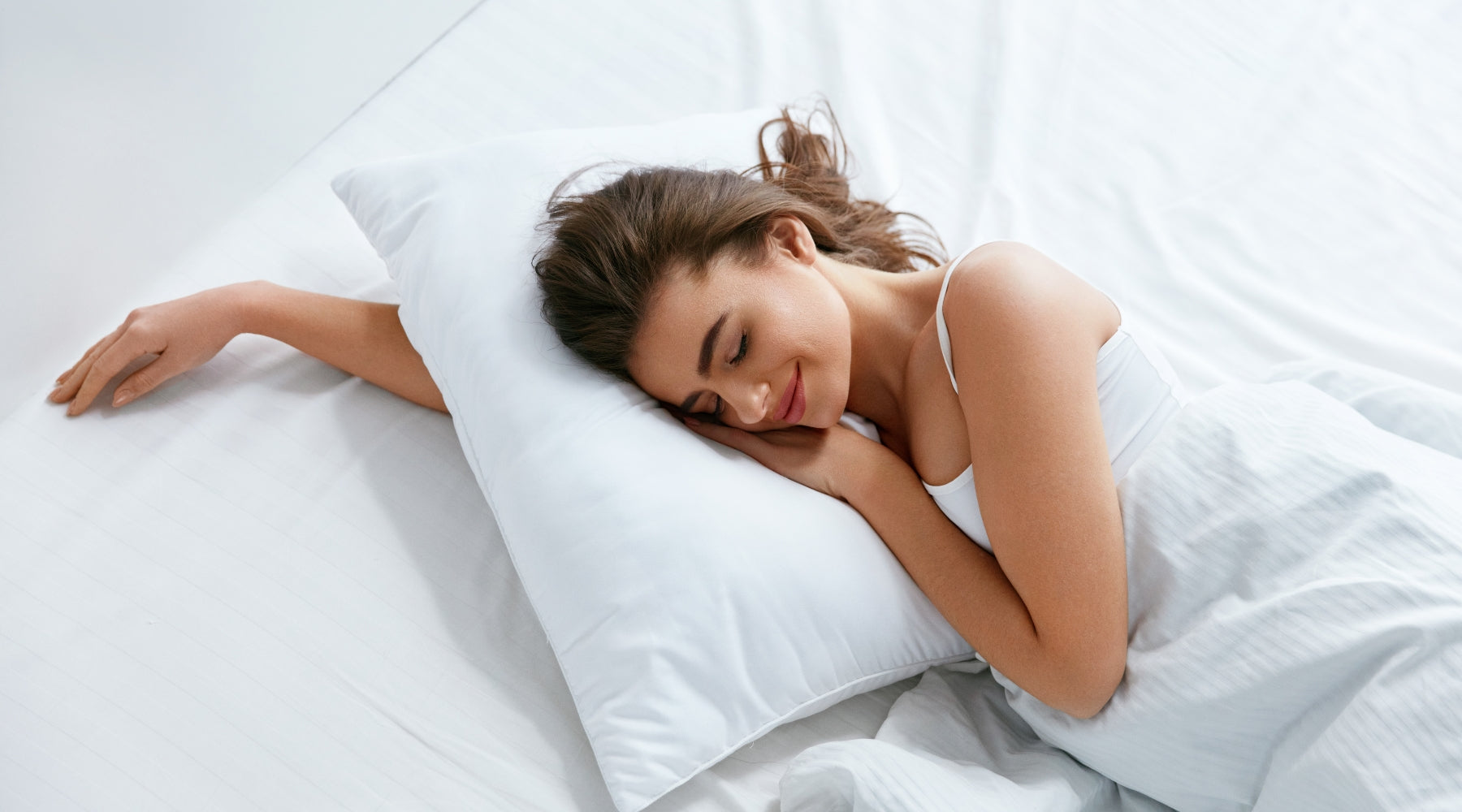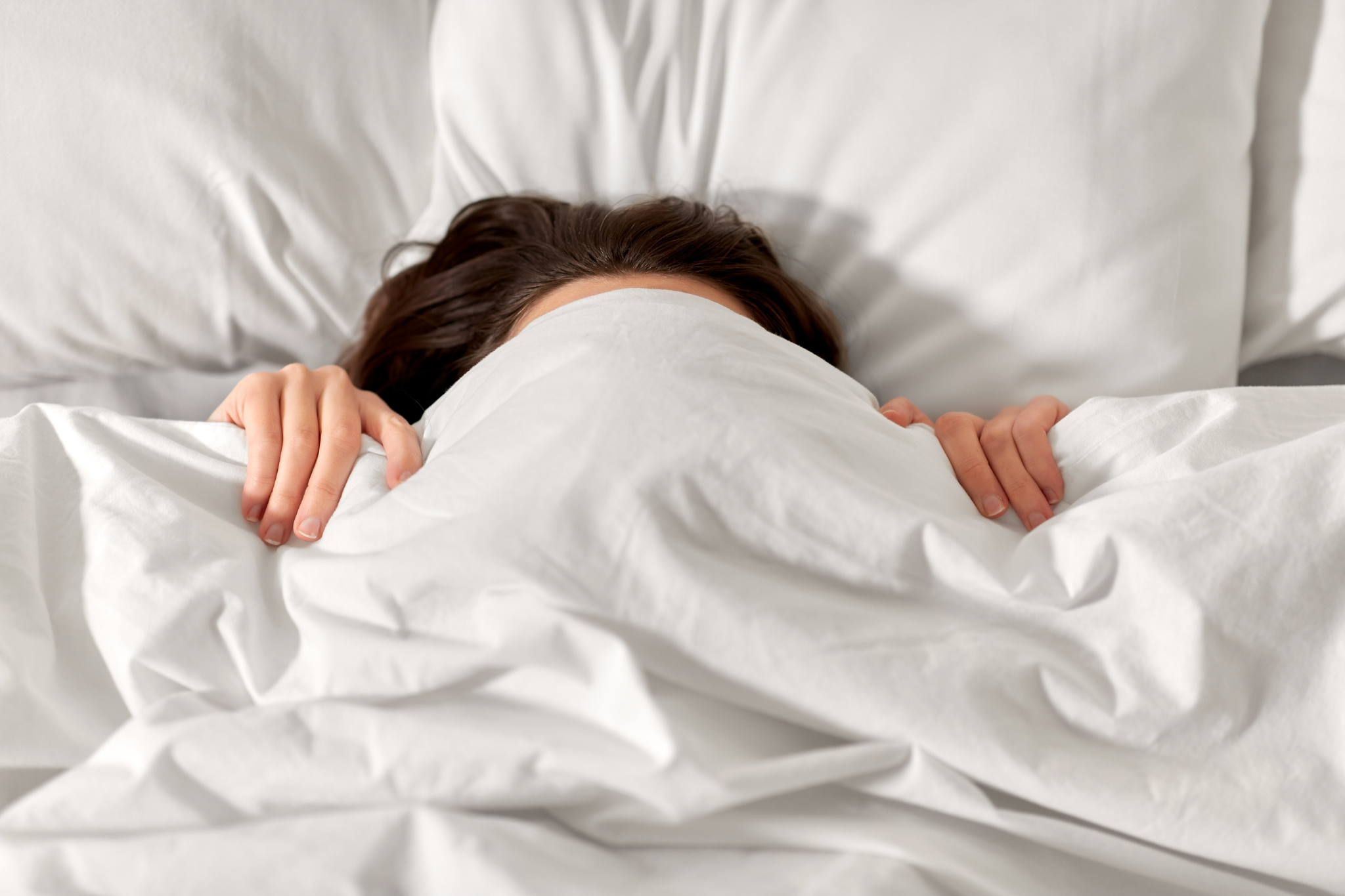In short, the answer is a defining yes! But to understand the how and why, let’s first delve into understanding sleep positions and why people tend to manoeuvre in uncompromising ways.

Relationship between side sleeping and sleep posture
One thing going for people who use their shoulder as a pillow is that they tend to lie on their side. Lying on your side is well evidenced that to put the least tension through the spine.
Since the late 80s, Gracovetsky et al (1987) came to the conclusion that semi-foetal side lying is the best position for a neutral resting spine. Having a neutral resting spine means having an optimal sleep posture – allowing you to reap the benefits of waking up rested and free from aches.
However, despite 33% of Britons saying that they slept on their side, our research uncovered that only 18% are doing it in a way that optimises their sleep posture.
We found that people make all sorts of adjustments to the ideal sleep posture position we call The Dreamer, contributing towards aches and pains when they awake from their sleep.
The shoulder pillow
The familiar adjustment of putting an arm underneath the pillow can usually be traced back to one primary problem – compensation for an unsupportive pillow.
The person finds that their arm is more supportive than their lying surface. These are the most widely used pillows contributing to reduced support:
- Feather pillows – zero support for your head
- Fibre pillows – zero support for your head
- Memory foam pillows – offer more support but remember they’re temperature sensitive so throughout the night it will give you less support
So, often people will resort to using their arm to compensate for the deficit in support. Despite it providing what seems an instant fix to your problematic pillow, with it comes serious disadvantages that will contribute to poor health conditions.
The obvious condition caused is shoulder pain due to the weight of your head and the gravitational pull being focused on such a small surface area for a prolonged time.
As well as this, by tucking your arm under your head you cause an over extension of the spine and neck rotation, which can see you plagued with neck and back soreness.
The solution
The good news, as identified earlier, is it’s the lack of support from the pillow that contributes to this behaviour – so let’s look at the pillow. You need to find a pillow that’s stable and gives you enough pressure relief whilst not ruining its shape.
The pillow should support the earlobe to scapula and keep your head supported and lifted off the bed.
And for good measure a nice little hack to help keep you in this position is to put any pillow between your knees and ankles so that your hips, knees and ankles are in a nice neutral straight line.







Share:
How to optimise sleeping on your back
The Dreamer sleeping position